Importance of Festivals in Nepalese society
For centuries, festivals in Nepal have played a significant role in Nepalese life, inherent deeply within its culture. Feels as nevertheless the country is frequently alive with celebrations, fluctuating from familiar gatherings among the diverse family and ethnic communities to lavish Buddhist and Hindu festivities, decorating the nation with vibrant shades of tradition, music, and joy.
Festivals in Nepal are complexly interlaced with various aspects of life. They serve as heartrending remembrances of departed loved ones, ovation for the arrival of new seasons, depicting the agricultural calendar, remarking significant national events, and squeezing family gatherings into cheerful celebrations. Nepalese festivals enclose the rich cultural tapestry and deep traditions of Nepal, intertwining together the thrust of memory, nature, heritage, and ethnicity.
On every festival in Nepal people follow the rituals they have been preserving from old centuries. Accordingly, worship different gods and goddesses of a different religion, visit temples, stupas, and monasteries and perceive fasting and tackle to devour. The most important facet of Nepalese culture is the religious consonance, which is why there is such a close attachment between Nepalese Hindus and Buddhists.
What awaits you during the Festive Season in Nepal?
Nepal is one the popular destinations for its cultural heritage, natural wonders spectacular landscapes, and religious festivals where any of the festivals in Nepal enchant travelers’ journeys. Truly a unique experience that will be cherished for a lifetime. During Festive Season in Nepal, if you luckily make the journey to Nepal then, you’re warmly welcome to a colourful country where vibrant traditions and culture come alive. Different communities come together and create an environment embellished with joy, faithfulness and celebration.
Every Nepalese people’s excitement and eagerness to celebrate the festivals can be seen in their faces as well many tourists also participate to taste the festive vibes which enhance the overall experience while trekking, climbing, and touring in Nepal. Expect a vibrant parade adorned with a kaleidoscope of colours, abetted by harmonious melodies, elegant traditional dances, and timeless rituals soaked in rich cultural heritage.
Undoubtedly, the surrounding atmosphere is just amazing during festive when the streets are decorated with prayer flags, temples are adorned with intricate carvings. Look out for the unique customs worn at the festivals presenting their cultures and don’t forget to taste the Nepali traditional cuisines which will amaze you with exquisite taste.
Lastly, The Himalayan country Nepal, renowned for its captivating landscapes and intricated spiritual roots, commemorates an abundance of festivals that reflect the manifold tapestry of its people and their beliefs.
Dashain Festival (October) - A Celebration of Tradition and Unity
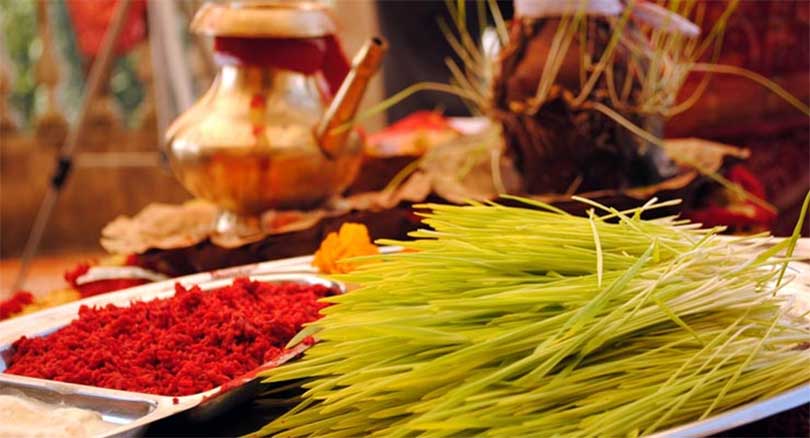
Dashain also popularly known as Vijaya Dashami in Nepal is one of the most significant festivals celebrated all over the country. A grand ceremony Dashain spans normally 15 days and immerses every Nepalese into religious and cultural connotations. Especially, the Dashain Festival in Nepal is celebrated because it’s the day when Goddess Durga got victory over the demons. Dashain is dedicated to Goddess Durga. the symbol of divine energy and the eradicator of evil.
Each 15 days holds religious significance with special rituals. People from the city visited their hometown to celebrate Dashain with their family members. Elders put tika to everyone and blessed them with good fortunes. Enjoying delicate meals with each family member is an amazing moment that will be cherished forever. Indulging in activities like flying colourful kites high in the sky, playing cards and other games with family is just wonderful. A great quality time with loved ones can be especially shared during Dashain Festive.
Tihar (November) – The Festivals of Lights
Tihar is the “festival of lights and colour “– the most amazing and second important festival of Nepal celebrated right after the Dashain Festival. Tihar Festivals in Nepal are celebrated for five days where not only gods are worshipped but also animals such as crows, dogs and cows. Mainly the Tihar is dedicated to Goddess Laxmi – the goddess of wealth.
For the Tihar festivals in Nepal, people make their houses clean, lighting houses with oil lamps, candles and colourful lights to welcome Laxmi into everyone’s house. Brothers Days are also celebrated during the festival where sister puts 7 colour tika to their brothers and give blessings and in return, sisters receive different groups from their loving brothers.
Soak yourself in the alluring surroundings crafted by countless oil lamps and eloquent light decorations enlightening both homes and streets. Get a chance to engage in lively cultural festivities, including classic music, dance performances, and the sharing of blessings and presents.
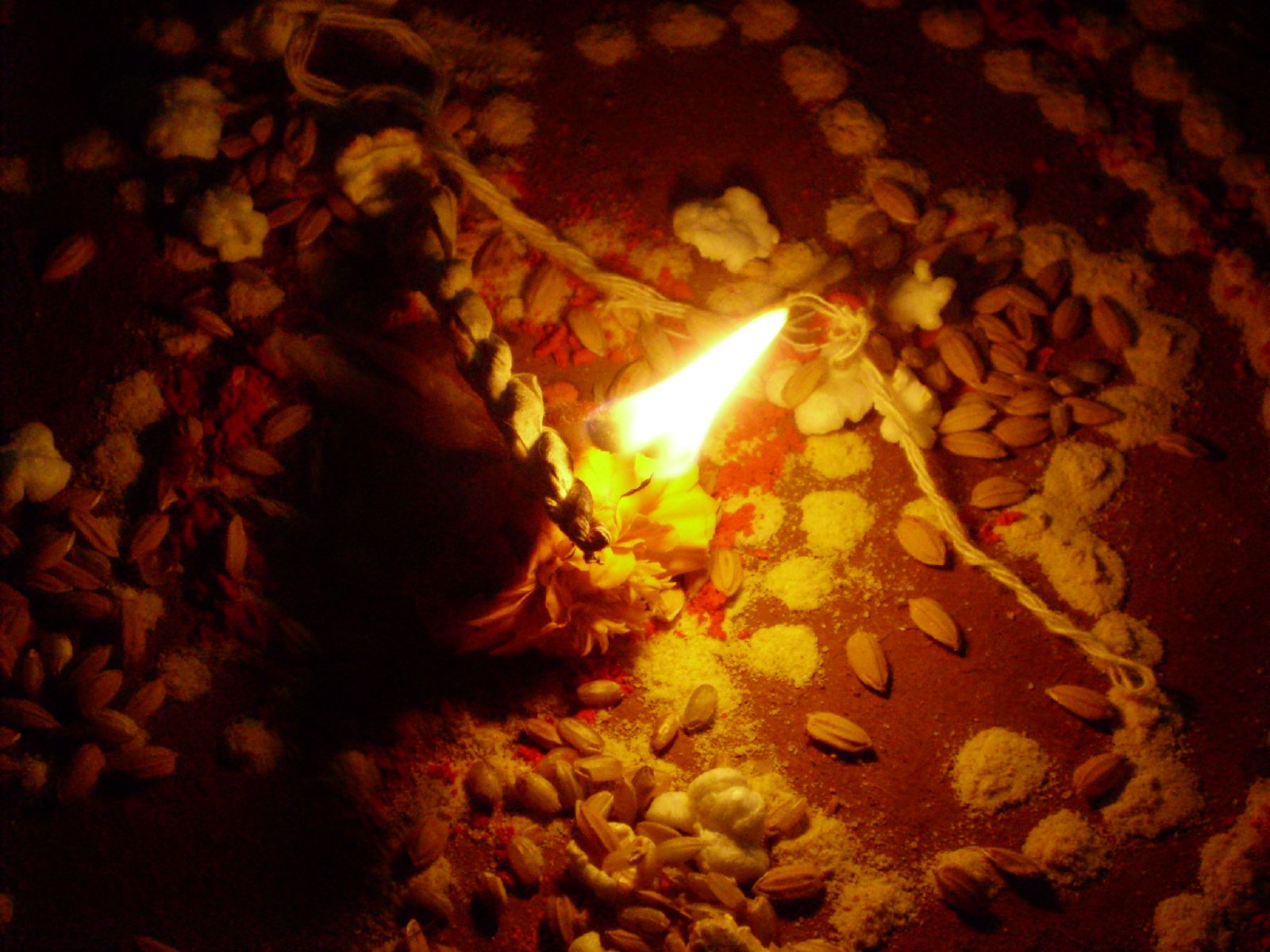
Buddha Jayanti (May) - Commemorating the Birth and Teachings of the Enlightened One
The special occasion for both Hindus and Buddhists is celebrated as the birth anniversary of Lord Gautam Buddha- Buddha Jayanti. Especially, the festival is celebrated in the birthplace of Lumbini, Kapilvastu district of Nepal, in the Terai region of Nepal. In this day, Nepal holds a special significance in the global observance of this sacred day.
Visiting the Buddhist monasteries such as Monkey Temple and Boudhanath Temple decorated with candles, lamps, and prayer flags numerous visitors on Buddha Jayanti. Throughout this festival, monasteries and stupas throughout the nation arrange prayer sessions, religious consultation, and cultural congress. Both Buddhists and non-Buddhists take participation in celebrations, featuring the lasting message of peace and compassion cultivated by Buddha. This Buddha Jayanti Festival stands as a touching reflection on the significance of his teachings in fostering unity and comprehension within a diverse and multicultural community.
Holi (March) - Colors of Unity, Joy, and Renewal"
Holi the Festival of Colors, is a triumphant celebration of spring that unifies people from all walks of life. This ebullient festival, usually held in March, signifies the victory of good over evil and the arrival of a new season. People throw coloured powders and water at each other, creating an assortment of vibrant hues.
People joyfully smudge each other with colours, emphasising the breaking down of social barriers and the celebration of unity and harmony. Families and friends come together to revel in the festivities, dance to traditional music, and indulge in sweet treats. Tourists also participate in this holy festival, one of the enjoyable festivals that provide a lifetime experience.
Maha Shivaratri (March)- Embracing the Sacred Night of Lord Shiva
Maha Shivaratri is the festival of Lord Shiva, a religious festival for Hindu people that holds significant spiritual importance. Numerous devotees visit Pashupatinath Temple to worship Lord Shiva and offer their respect and devotion through fasting the whole day. However, it’s a night festival, devotees celebrate the whole night, chanting and praying for light over darkness. At home, people gather together, light bonfires, and prepare holy meals on Shivaratri.
The Pashupatinath temple is filled with countless devotes aside from Nepal such as India and many others. It is one of the largest temples in the world dedicated to Lord Shiva. Get a chance to indulge in these religious festivals and make your journey in Nepal worth visiting.
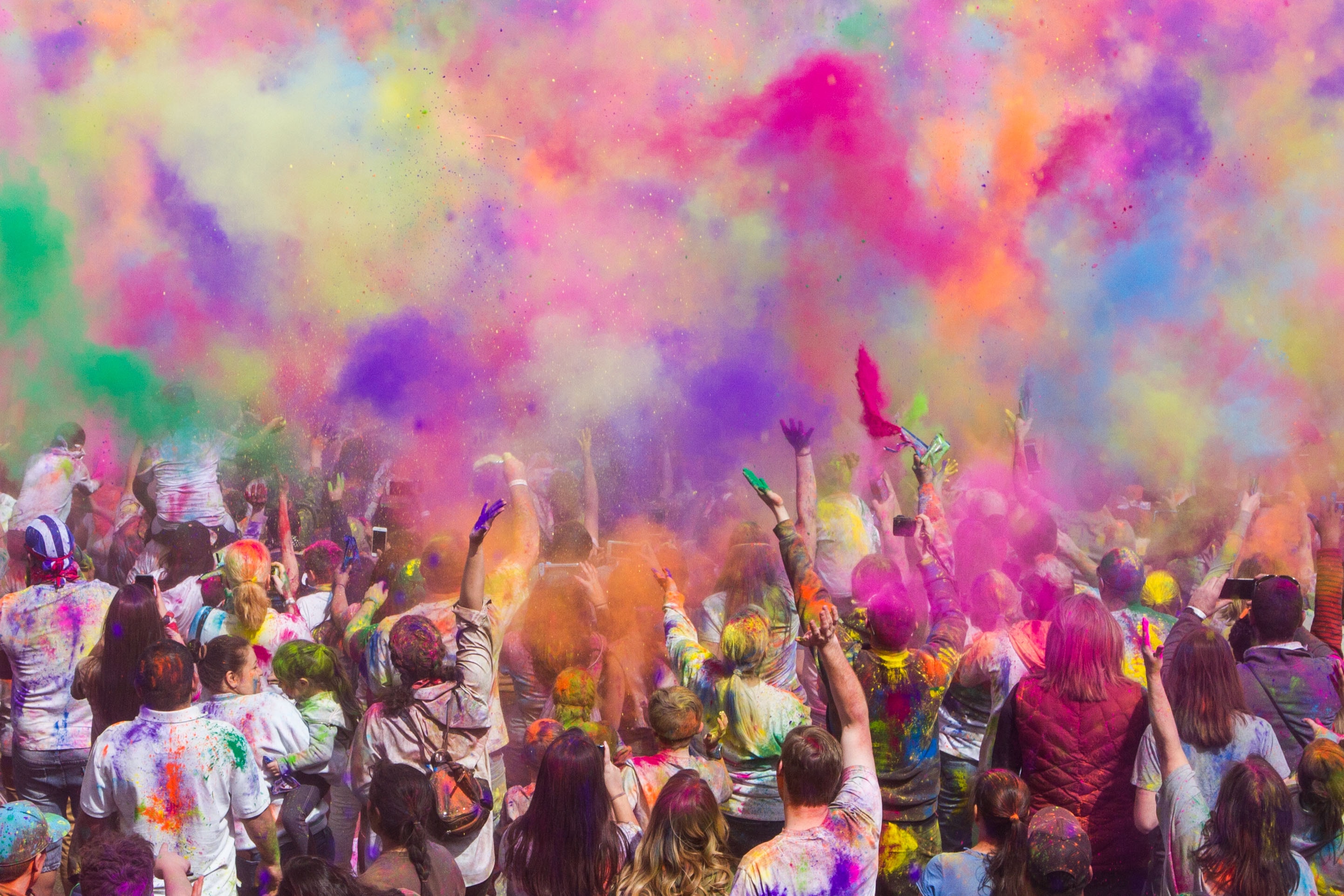
Gai Jatra (September) - Honoring Tradition, Celebrating Life's Journey
Gai Jatra is one of the worth experiencing festivals in Nepal celebrated in August or September which originates from the belief that the god of death, Yama raj, should be dreaded and worshipped. Despite the deathly theme, it is a time full of music, dancing and laughter!
Every family who has lost their family member in the previous year to lead a generously adorned cow through the city is the task at hand. Should a cow not be available, a boy donning a cow costume can seamlessly assume the role. The families of those who have lost someone will distribute food and goods to others. It is believed that the cow, which is considered a sacred animal, will help the departed person on their journey after death. The festivals take place all across the Kathmandu Valley.
Indra Jatra (September) - Celebrating Tradition, Culture, and Community
The most colourful and culturally remarkable festival is celebrated only in Kathmandu Valley. This festival is especially dedicated to Lord Indra- the Hindu god of rain, and Kumari - the living goddess. Newari community of people indulge in this festival. The Indra Jatra celebration is held to honour the dead from the previous year and to ask Indra and Dagini for a healthy harvest.
A chariot carrying a statue of God Indra is pulled along the streets of Kathmandu Valley by youthful men. People near the chariot worship God Indra with puja Items. The festival also features colourful processions, traditional music and dance performances, and the raising of the lingo, a ceremonial pole, at Basantapur Durbar Square.
Another chariot carrying Goddess Kumari, Lord Ganesh and Lord Bhairab also roam around the valley. People in Lakhe attire perform the Lakhe dance which will be a unique and admiring experience for visitors. Thousands of tourists embark on Nepal just to witness the Living Goddess Kumari and cultural performances and rituals. Truly an amazing festival in Kathmandu, Nepal.
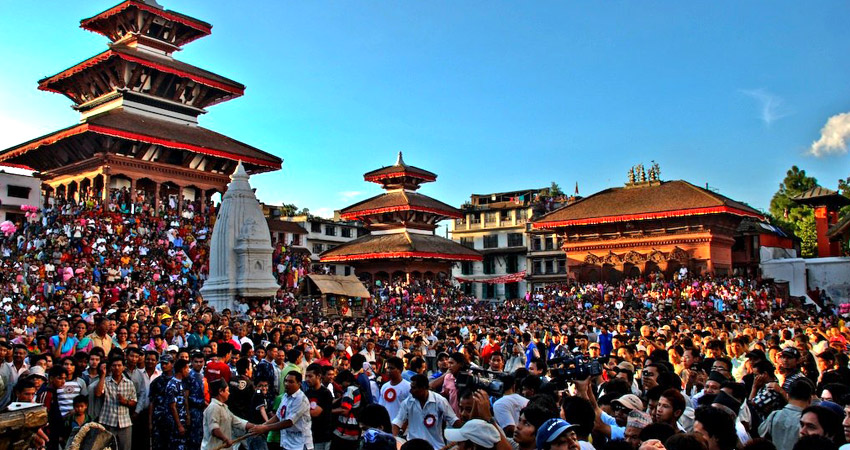
Janai Purnima/ Rakshya Bandhan (August) - Threads of Tradition and Bonding
Janai Purnima/ Rakshya Bandhan is another significant festival for Hindus celebrated in August. Men purify their bodies with morning baths, change the sacred thread placed across their chest with a new one and perform puja. Hindus believe that changing the thread/janai purifies the individual and protects them from negative influences. Every Hindu places a yellow blessed thread around the wrists of family members tied by Brahmins.
Numerous devotees visit to sacred Lake Gosaikunda elevating high elevation to dip into the holy lake. On that day, everyone cooks Kwati a combination of varieties of beans - a delicate soup. Furthermore, the day also is for brothers and sisters where sisters put rakhi on their brother's wrists and exchange delectable treats and meals, offering prayers for their enduring joy, health, and success. Similarly, brothers bestow unique gifts upon their sisters.
Teej (August) - Celebrating Love, Fasting, and Devotion
Teej is a festival for women, mainly celebrated by married women for their husband's long lives. During this special occasion, married women wear red sarees, tikas, and bangles, as well as singing and dancing for several days. Before the day of the Teej Festival, women visit their maternal home and enjoy a traditional meal called DAR.
During the Teej festival, Women gather in groups, fasting without food or drink for an entire day while singing and dancing. Married women ardently pray for the well-being and prosperity of their husbands to Lord Shiva, while unmarried women seek blessings for getting a loving husband and happiness in married life.
Pashupatinath becomes a parade during Teej as countless women visit to offer their prayers, creating a spirited scene filled with cheerful dancing. What attracts spectators is the unity among women of all ages, as they dance vigorously under the burning sun or even in rainfall, enduring the day-long fast without a single drop of water.
Losar (February) - Welcoming the Tibetan New Year with Joy and Tradition
Losar, the Tibetan New Year, is mostly celebrated by the Tibetan community in Nepal, specifically in religious areas such as Boudhanath and Swayambhunath. This vibrant festival marks the beginning of the Tibetan lunar calendar year.
Losar is a time of ethereal reflection, with Buddhist monks performing religious rituals and prayers to escort in the new year with propitious blessings. Complicated dances, known as Cham dances, are performed by monks in colourful costumes and masks, portraying deities and heavenly beings.
The festival also features the display of colourful prayer flags, symbolizing blessings and good fortune.
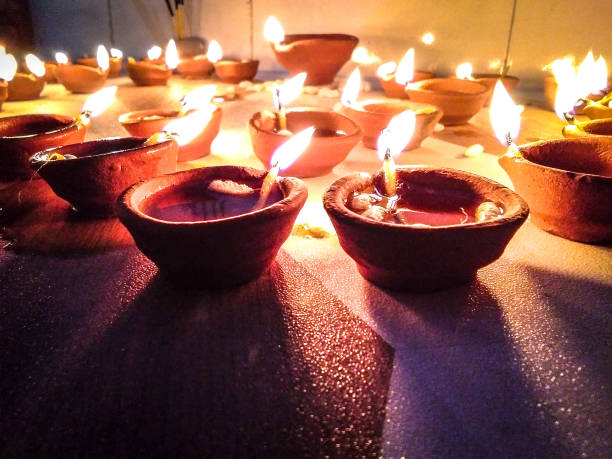
Conclusion
Festivals in Nepal are an attestation to the country's cultural exuberance and spiritual depth. Each festival entwines together the motif of history, belief, and community, creating a magnificent tapestry that attracts the hearts of all who observe it.
Immerse yourself in one of these festivities, seized by the warmth and hospitality of the Nepalese people, forming connections that eclipse language and cultural barriers. By celebrating these festivals, Nepal invites the world to be a part of its festive celebrations, cherishing a sense of unity, harmony, and adoration for life's many blessings.
Travel to Nepal and make your holiday unforgettable by celebrating amazing festivals in Nepal and experiencing the diverse cultures and traditions of the Nepalese people. Feel free to contact us Eternal Himalaya Team for further queries about the tours and treks in Nepal.







